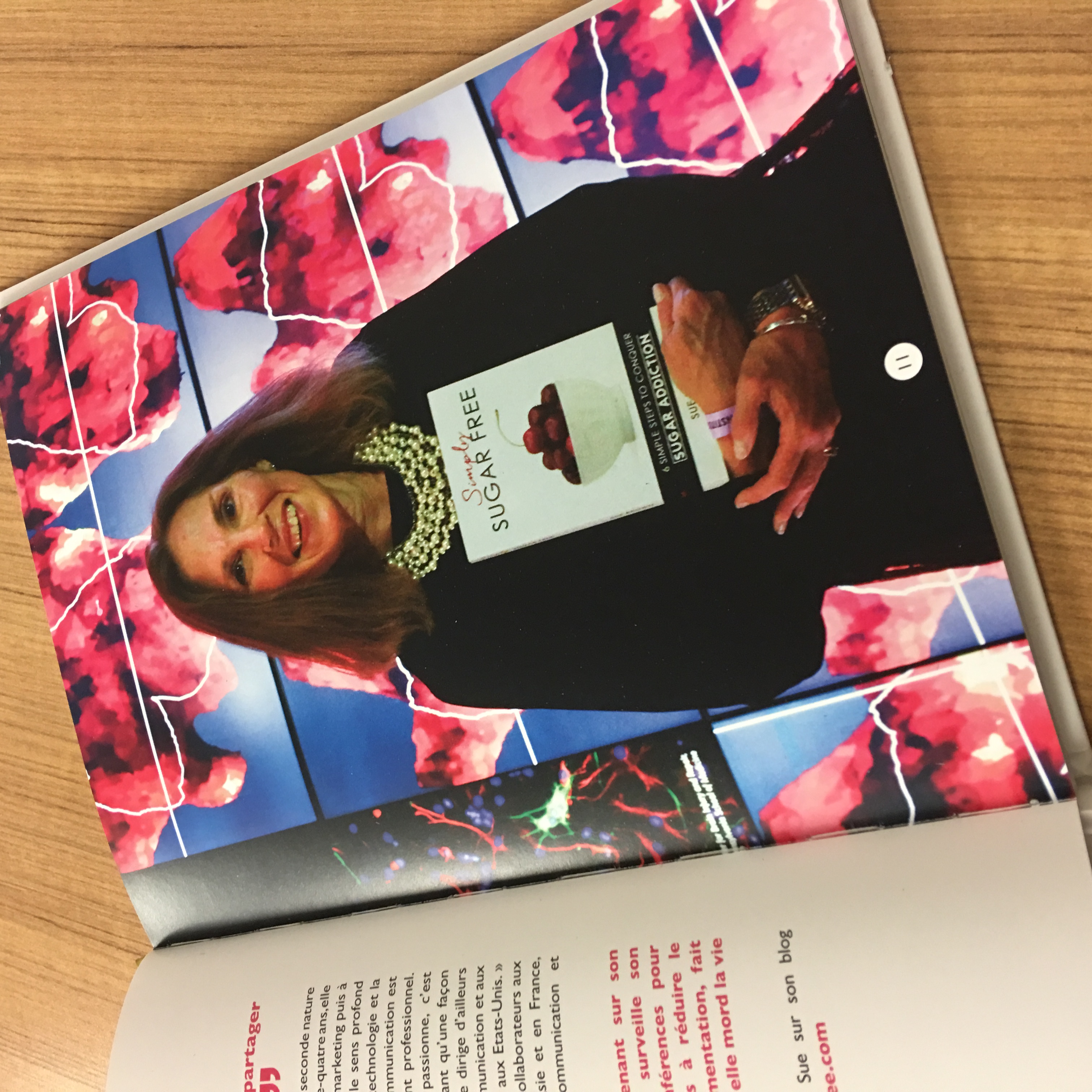Faulty signaling in brain increases craving for sugar and drugs
- Sue Brown
- Jun 22, 2013
- 2 min read
Some days I wish I had become a neuro-biologist. JK!
But in my never-ending quest to unravel the mysteries of sugar addiction, I find myself mired in the muck of research that is complicated and done in different silos (brain chemistry, body chemistry, nutrition, addiction, etc.).
If I wait until I understand EVERYTHING before writing about it, I'll never be of any use to anyone but me. And that's not my goal.
So here comes some imperfect analysis. I know these findings are important, even if I don't fully understand them. And I'll do the best I can to interpret them in an understandable way.
A Swedish-Canadian research team published these findings in the Journal of Neuroscience 8/31/2011.
When glutamate and dopamine do not collaborate as they should in the brain’s signal system, the kick that alcohol, sugar, or other drugs induce increases.
“Our data indicate that the brain becomes hypersensitive to rewards when this co-signaling of glutamate and dopamine does not function. Lower doses than normal are enough to increase the propensity to ingest the substance, and this is true of both sugar and cocaine,” says Åsa Mackenzie, associate professor of neuroscience at Uppsala University and the researcher who led the study.
"The brain’s reward system gives us feelings of pleasure and happiness, for example when we have eaten or drunk something good, had sex, or worked out. This pleasure arises when certain signal substances, primarily dopamine, are released in the brain. But this reward system can be “kidnapped” by other rewarding substances, such as alcohol and abuser drugs like cocaine. They provide feelings of reward initially, but they are so strong that nerve cells in the system are rewired, and addiction occurs."
More natural substance, such as food rich in sugar, can also produce addiction-like conditions.
Dopamine cells in the reward system can send signals in cooperation with glutamate, so called co-signaling.
In studies of mice that lack the ability to send the above signals because their glutamate transporter, so-called VGLUT, has been inactivated, the scientists studied how prone the mice were to ingest sugar and cocaine.
The results showed that they both ingested more and responded to lower dosages than control mice.
These scientists have now gone on to study these mechanisms in connection with abuse in humans and are looking for direct connections between low VGLUT levels and addiction.
So this last sentence now sends me down a new rabbit hole … learning about low VGLUT levels. More about that next tme.





Comments